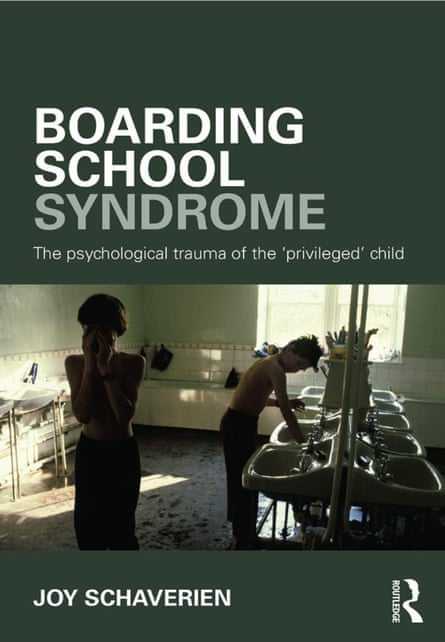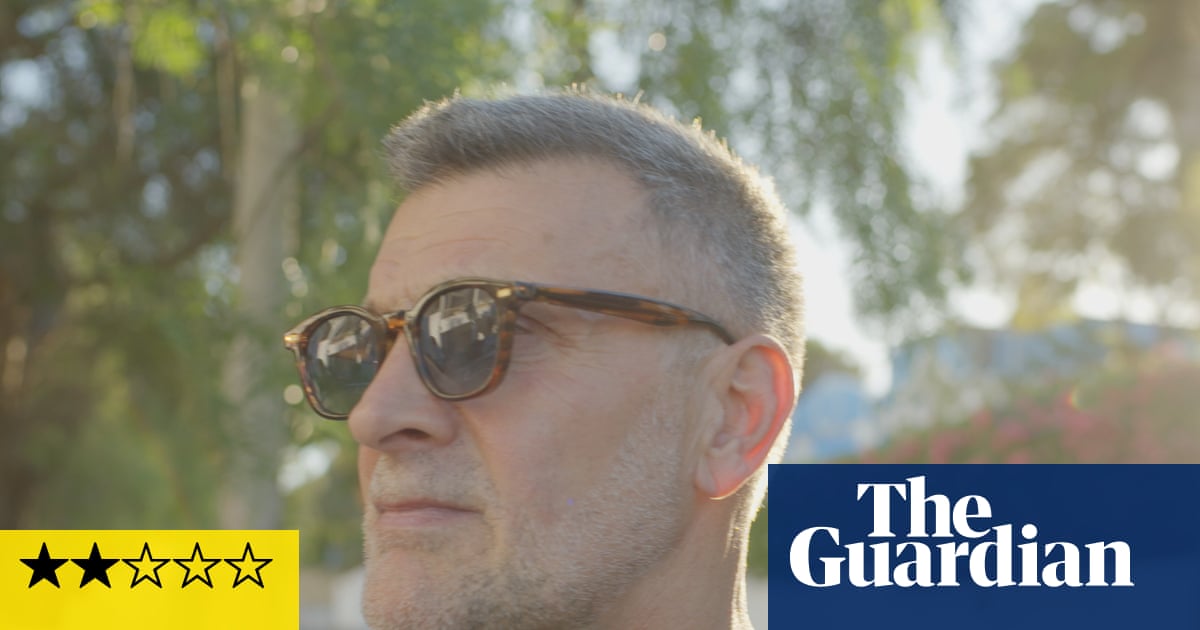The Jungian psychoanalyst and art psychotherapist Joy Schaverien, who has died aged 82, will be remembered beyond her professional world for her book Boarding School Syndrome: The Psychological Trauma of the “Privileged” Child (2015).
It became a bestseller for the publisher Routledge: among its readers were adult boarding school survivors who found that it described accurately the traumatic experiences some of them had had when sent away to school, particularly at an early age.
The book has been praised not only for the quality of its clinical material, but also for raising political and cultural questions about education in the UK, and for challenging the assumption among many middle-class parents that boarding school is best for a child – a “jolly good thing that did me no harm”.
Joy’s work gave many former boarding school pupils permission to open up about the sexual abuse, bullying, “fagging” and other traumas they suffered at the hands of teachers and other pupils, and about which they had hitherto felt unable to talk. It also helped them to understand that therapy could be a healing and not a shameful process: that they did not have to “manage” on their own.
Joy had noted in her own clinical work and in discussions with other colleagues that among adults who came to therapy with symptoms that included depression and difficulty in sustaining intimate relationships, a number had been sent to boarding school at an early age, often a solution for families working abroad in the 1950s and 60s. It was her research around this initial observation that led her to conceptualise Boarding School Syndrome and to posit four identifying criteria. These she named the ABCD of their trauma.
“A” stood for the abandonment and rupture children felt when they were taken to school and left there with strangers. “B” was for bereavement and the sudden loss of all that was familiar: family surroundings, friends, toys, routine, even food. This was often called “homesickness” at schools and children were told it would pass.
“C” indicated captivity, the realisation that there was no way out from rigid and often punishing routines, no escape, even though some tried to run away.

This could lead to “D”, dissociation and the development of a false self that they felt helped them to be brave and cut them off from their true feelings. As part of this, Joy urged therapists to be wary of breaks in therapy that could seem to sufferers to mirror the rhythm of boarding school terms and holidays, and to renew their feelings of abandonment.
She taught widely and gave many lectures and workshops on the boarding school theme, which helped to build a community of “survivors” and brought her ideas to a much wider audience.
The elder daughter of Julianne (nee Simon) and Hyman Schaverien, Joy was born in Hampstead, north London, but spent much of her early life in Brighton, East Sussex, where her father was an estate agent and a RNLI lifeboat volunteer. After leaving a local private school, Joy studied at Brighton School of Art, then did a postgraduate course in fine art at the Slade School in London. In 1968 she married the painter Peter Wilson.
She went on to train as an art therapist in an NHS unit in Brighton and at St Albans College of Art, and spent most of the rest of her life living and working in private practice in the Midlands. In the 80s she was an art therapist in the Hillend Therapeutic Community in Hertfordshire, and was also one of the first course leaders for the MA art therapy programme at St Albans College of Art, which later became part of Hertfordshire University.
She gained her PhD in art psychotherapy from Birmingham City Polytechnic (now Birmingham City University) in 1990, with a thesis entitled Transference and Countertransference in Art Therapy: Mediation, Interpretation and the Aesthetic Object.
Joy helped lead the development of art therapy into art psychotherapy by linking psychoanalytic theory to the previously more art-focused practice in the UK. The impact of her book The Revealing Image (1991) changed thinking about how images made in the art therapy process can carry significant meaning that cannot easily be put into words.
She named new concepts such as “the embodied image”, and showed that, through locating pictures and the art process at the centre of therapeutic practice, things that were deeply embedded in the psyche could be changed. Joy articulated how the art therapy process can enable clarity and meaning for those in therapy.
Both of us knew Joy as a valued colleague. Penny and Joy trained together at the Society of Analytical Psychology, becoming members in 1996. Within the SAP, Joy was known for her warmth and critical outlook, and for her teaching on the subjects covered in her books Desire and the Female Therapist (1995), Gender, Countertransference and the Erotic Transference (2006), and The Dying Patient in Psychotherapy (2002), as well as Boarding School Syndrome.
As members of the International Association for Analytical Psychology, and building on the success of an earlier programme in St Petersburg, Joy and Penny set up an IAAP training and supervision course for Russian psychotherapists in Moscow, where, before perestroika, psychotherapy and analysis had been widely banned. Joy was also instrumental in the development of a Danish IAAP group.
Joy and Helen co-wrote a chapter for the Oxford Textbook of Psychotherapy (2005), in which, for the first time, arts therapies were categorised as a major modality within psychotherapy.
Joy was also editor of the Supervision in the Arts Therapies series for Routledge, five volumes published in 2007-08 on the transformation and understanding of professional approaches to supervision.
In 2022 Joy and Peter moved back to London to be closer to family. Joy retired from clinical work last December. When not working, writing, spending time with family, or socialising with her many friends, she loved walking her dog.
Joy is survived by Peter, and their children, Damien and Galia, and grandchildren, Alice, Misty, Arlo and Coco.

 3 months ago
123
3 months ago
123

















































